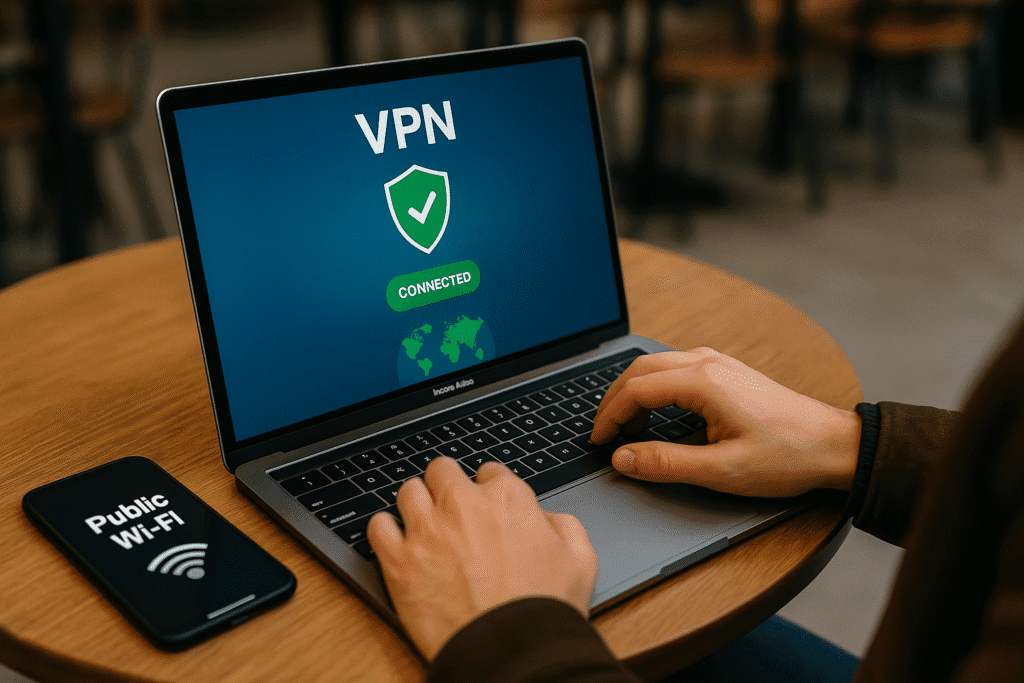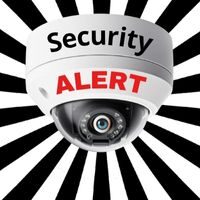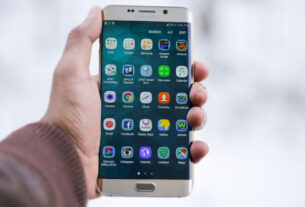
Public Wi-Fi networks are convenient but come with serious security risks. Whether you’re at a café, airport, hotel, or shopping mall, connecting to an unsecured network can expose your personal data to hackers and cybercriminals. In this article, you’ll learn how to use public Wi-Fi safely and avoid common pitfalls.
Understand the Risks of Public Wi-Fi
Public Wi-Fi often lacks proper encryption, which makes it easier for attackers to intercept your data. Here’s what could happen:
- Hackers can eavesdrop on the data you send and receive.
- Man-in-the-middle attacks allow cybercriminals to intercept sensitive information.
- Fake Wi-Fi hotspots (spoof networks) can trick you into connecting to a malicious server.
Use a Virtual Private Network (VPN)
A VPN encrypts your internet connection, making it unreadable to anyone who tries to intercept it.
- Install a trusted VPN app on your devices.
- Activate the VPN before connecting to public Wi-Fi.
- Choose servers in your country to maintain faster speeds.
Avoid Accessing Sensitive Accounts
Limit your activities on public Wi-Fi to reduce your exposure.
- Avoid logging into banking sites, email, or cloud storage.
- If you must access an account, ensure it uses HTTPS encryption.
- Turn off auto-sync for apps that upload or download personal data.
Forget the Network After Use
Once you’re done using a public Wi-Fi connection, forget it from your device.
- This prevents your device from reconnecting automatically in the future.
- Go into your Wi-Fi settings and select “Forget this Network.”
Turn Off Sharing Features
Your device may automatically enable sharing settings when connected to certain networks.
- Turn off file sharing, AirDrop, and Bluetooth.
- On Windows, set the network type to “Public” instead of “Private”.
- On macOS, disable “AirDrop” and turn off sharing options.
Use Two-Factor Authentication (2FA)
Even if a hacker gains access to your login information, 2FA adds a layer of security.
- Use apps like Google Authenticator or Authy.
- Avoid relying solely on SMS-based 2FA, especially on open networks.
- Enable 2FA on your email, bank, and social accounts.
Keep Your Software Updated
Security patches are essential to protect against known vulnerabilities.
- Regularly update your operating system, browsers, and antivirus software.
- Use apps that receive frequent updates and patch releases.
Check for HTTPS Encryption
Make sure any website you visit uses HTTPS.
- Look for a lock icon next to the URL in your browser.
- Never submit passwords or payment details to non-HTTPS sites.
- Use browser extensions like HTTPS Everywhere to enforce secure connections.
Disable Auto-Connect to Wi-Fi
Some devices connect automatically to available Wi-Fi networks without asking.
- Turn off auto-connect to prevent unintentional connections.
- Only join networks you recognize and trust.
Use Mobile Data as a Safer Alternative
When in doubt, use your mobile carrier’s data plan.
- It’s often more secure than public Wi-Fi.
- Consider enabling a mobile hotspot if you have a reliable data package.
- Avoid transferring large files unless absolutely necessary.
Be Smart and Secure on the Go
Public Wi-Fi doesn’t have to be a danger if you use it wisely. With the right tools and a cautious mindset, you can check emails or browse the web without putting your personal information at risk. A little digital hygiene goes a long way toward protecting your privacy.

